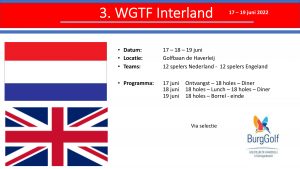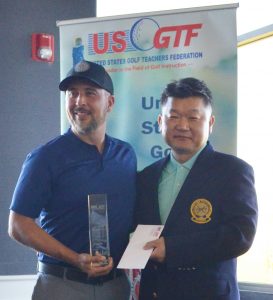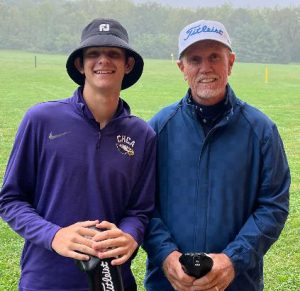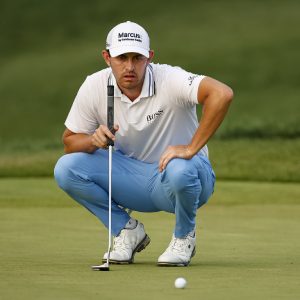WGTF Netherlands to Host 12-Man Event
 Bjorn Beekman, director of WGTF-Netherlands recently announced they will be hosting a friendly 12-man competition between Netherlands and WGTF-Great Britain in June 2022.
Peter Hudson, WGTF-Great Britain said, “Our federations enjoy long-lasting and deep ties and this will be a great opportunity to discuss and learn how we can help others to play much better golf.”
Bjorn Beekman, director of WGTF-Netherlands recently announced they will be hosting a friendly 12-man competition between Netherlands and WGTF-Great Britain in June 2022.
Peter Hudson, WGTF-Great Britain said, “Our federations enjoy long-lasting and deep ties and this will be a great opportunity to discuss and learn how we can help others to play much better golf.”


 The 25th annual United States Golf Teachers Cup is in the books! Congratulations go to winners Alejandro Duque, Open division; Pam Montgomery, Ladies division; Chris Richards, Senior division, and Anthony Benny, Super Senior division. Pro-am winners were USGTF professional Seonlin Kim and his amateur partner, Nicolas Kim. Revere Golf Club in Henderson, Nevada, provided a fine test of golf for all participants!
More in-depth reporting and results can be found at
The 25th annual United States Golf Teachers Cup is in the books! Congratulations go to winners Alejandro Duque, Open division; Pam Montgomery, Ladies division; Chris Richards, Senior division, and Anthony Benny, Super Senior division. Pro-am winners were USGTF professional Seonlin Kim and his amateur partner, Nicolas Kim. Revere Golf Club in Henderson, Nevada, provided a fine test of golf for all participants!
More in-depth reporting and results can be found at 






